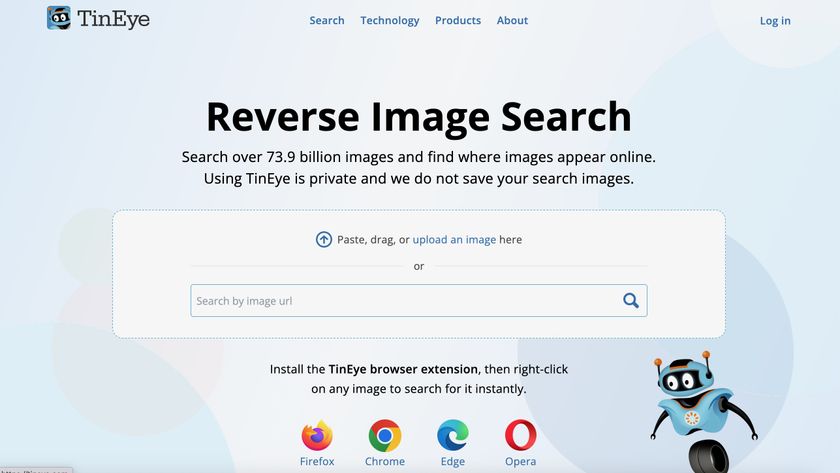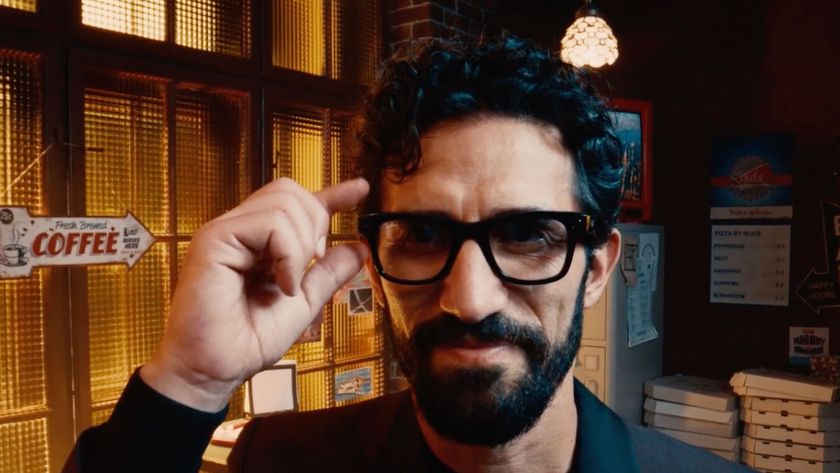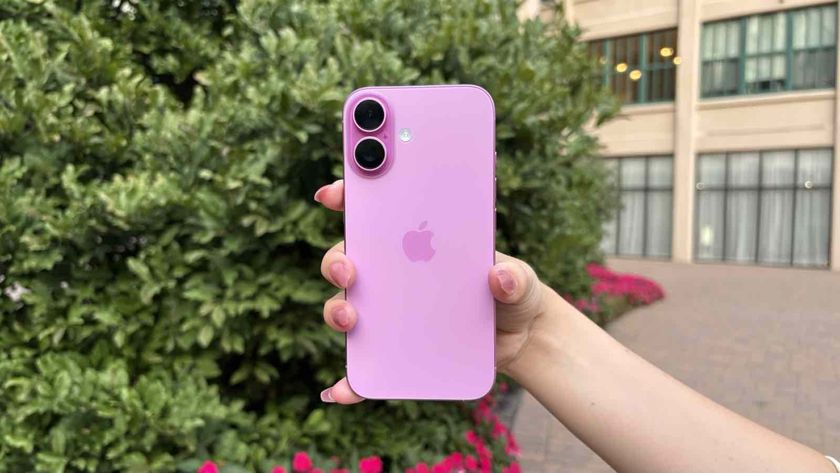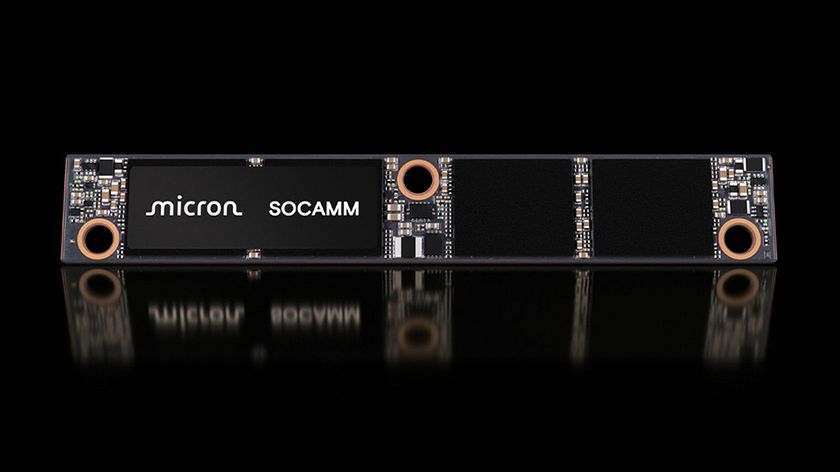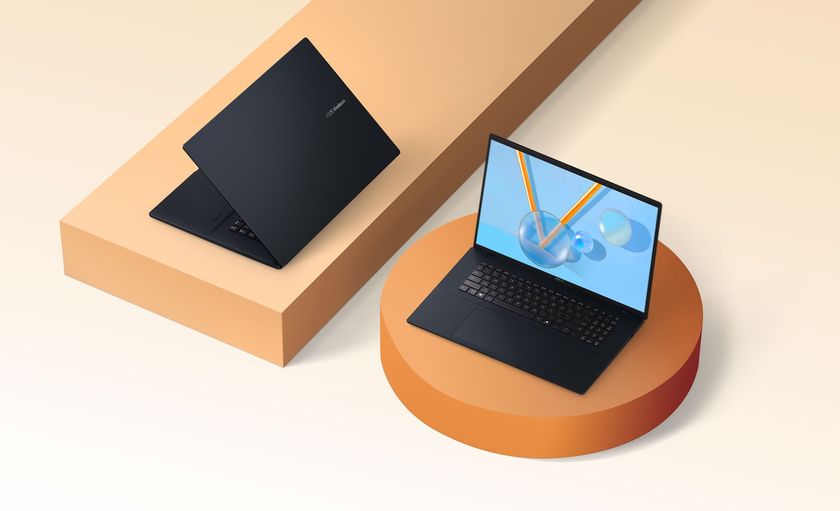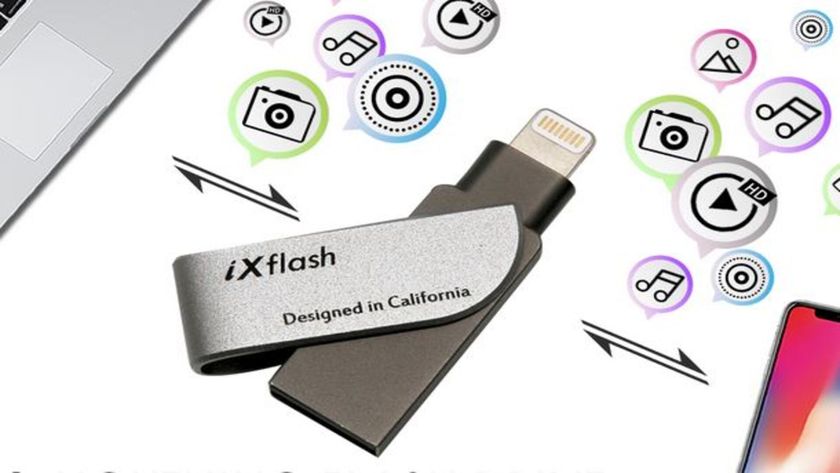Apple asking for patience as it works out Maps kinks
Don't get lost in the meantime
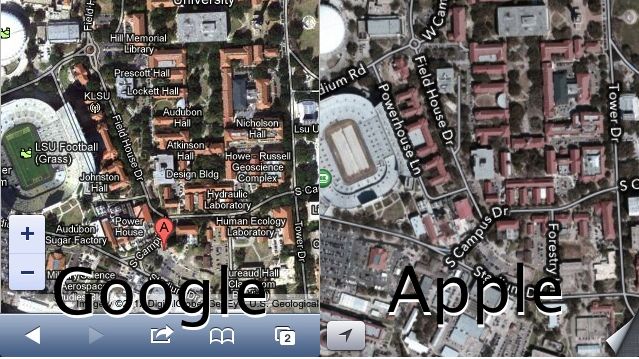
Apple is urging patience from iOS 6 users of its native Apple Maps the day after the new operating system with non-Google Maps navigation launched.
"We launched this new map service knowing it is a major initiative and that we are just getting started with it," an Apple spokeswoman told AllThingsD.
"Maps is a cloud-based solution and the more people use it, the better it will get. We appreciate all of the customer feedback and are working hard to make the customer experience even better."
The company has drawn the ire of everyone from tech pundits to users to competitors for its new service, which many complain is inaccurate, sloppy, and at times almost comically bad.
What's wrong with Apple Maps
As TechRadar fiddled with iOS 6, we were by and large overwhelmed by how good it is.
The one down side? Maps.
Granted, the feature has a lot to live up to with the widely used (and widely used-to) Google Maps, however because of its position as a go-to mobile phone feature, Apple has fallen short at providing even the most basic of navigation services.
Get daily insight, inspiration and deals in your inbox
Sign up for breaking news, reviews, opinion, top tech deals, and more.
One particularly frustrating omission is public transit information, however Apple told The Verge it is working with developers "to integrate some amazing transit apps in the App Store into iOS Maps."
Generally, by half-baking its Maps app, Apple has left the door wide open for Android to maneuver its way to the top of the piloting pyramid.
From AllThingsD via The Verge
Michelle was previously a news editor at TechRadar, leading consumer tech news and reviews. Michelle is now a Content Strategist at Facebook. A versatile, highly effective content writer and skilled editor with a keen eye for detail, Michelle is a collaborative problem solver and covered everything from smartwatches and microprocessors to VR and self-driving cars.
